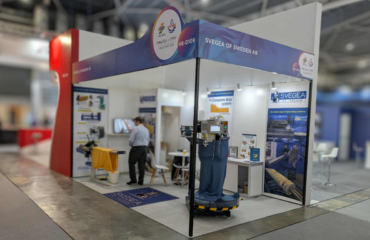The textile industry, known for its dynamism and competitiveness, faces a new set of challenges in the wake of recent trade wars. In this article, we’ll explore the impact of these trade conflicts on textile businesses worldwide and discuss strategies to thrive amidst uncertainty.
The Impact of Trade Wars
Trade wars, characterized by tariff escalations and retaliatory measures, have disrupted global supply chains. Here’s how they affect the textile industry:
1. Tariffs and Costs: Increased tariffs on textile imports directly impact profit margins. Businesses must find innovative ways to absorb or mitigate these costs while remaining competitive.
2. Supply Chain Disruptions: Trade tensions create uncertainty in supply chains. Raw material availability, transportation, and production schedules are all at risk. Manufacturers need to build resilience and diversify suppliers.
3. Market Access: Some markets become less accessible due to trade restrictions. Textile exporters must explore alternative markets to sustain growth.
Opportunities Amidst Challenges
Despite the hurdles, textile businesses can seize opportunities:
1. Diversification: Exploring new markets and diversifying the customer base reduces reliance on a single market. Businesses can adapt to changing demand patterns.
2. Innovation: Research and development efforts can yield breakthroughs in materials, sustainable practices, and cost-effective solutions. Staying ahead of the curve is crucial.
3. Digitalization: Leveraging technology streamlines supply chain management, enhances marketing efforts, and facilitates e-commerce. Embracing digital tools boosts competitiveness.
Strategies for Success
To navigate these challenges effectively, textile companies should adopt the following strategies:
1. Risk Assessment: Regularly assess geopolitical risks and their impact on your business. Stay informed about policy changes and anticipate potential disruptions.
2. Supply Chain Resilience: Diversify suppliers geographically and build redundancy. Collaborate with suppliers to ensure continuity.
3. Collaboration: Partner with industry associations, government bodies, and other stakeholders. Advocate for fair trade policies and share best practices.
4. Market Intelligence: Understand consumer preferences, monitor trends, and adapt swiftly. Market research is essential for informed decision-making.
Take Action Today!
Ready to navigate the textile trade wars? Start by assessing your supply chain, exploring new markets, and embracing innovation. Remember, resilience and collaboration are key. Let’s shape the future of textiles together!




